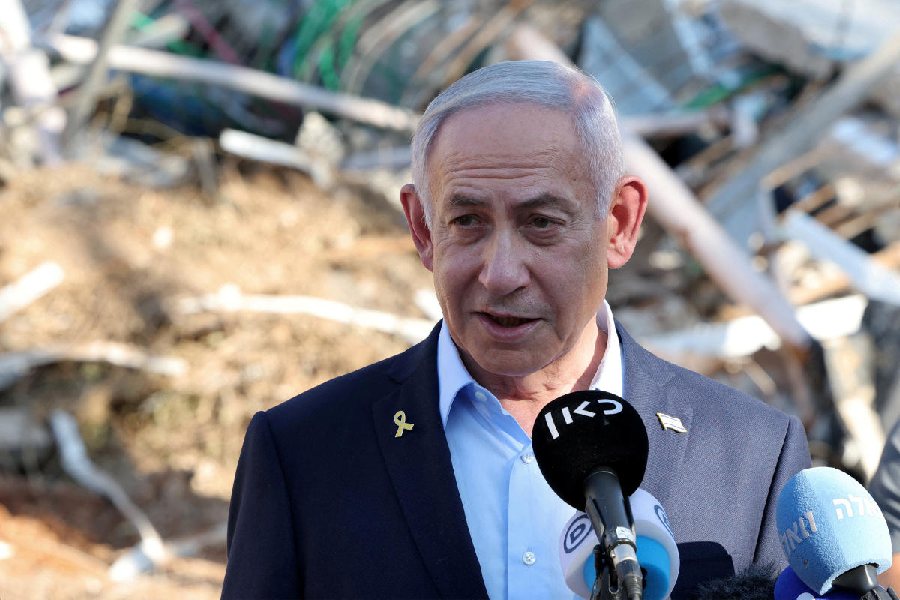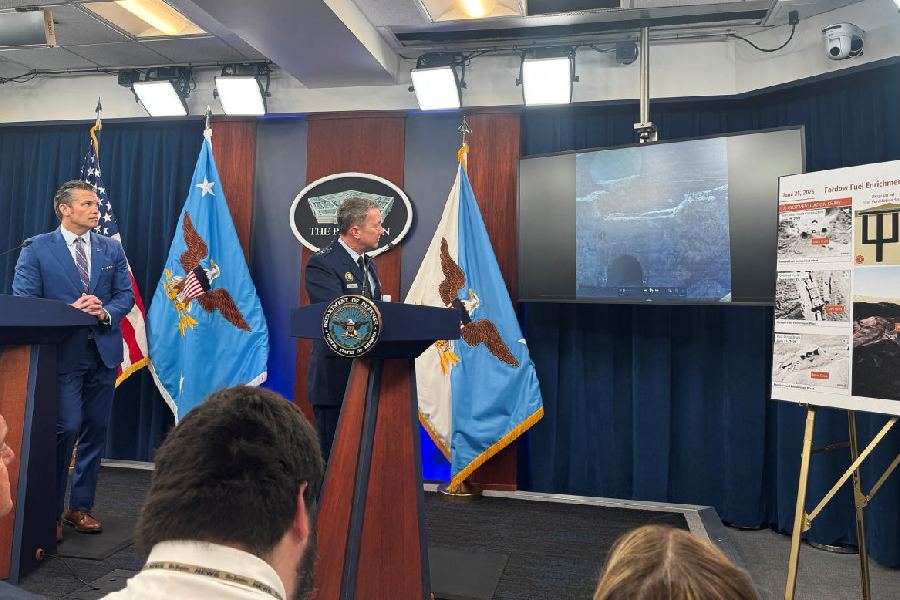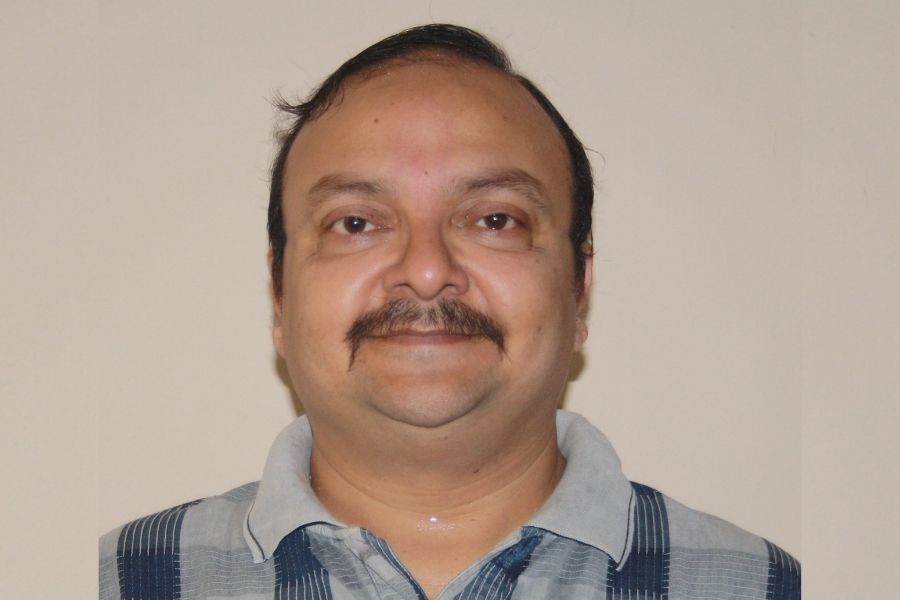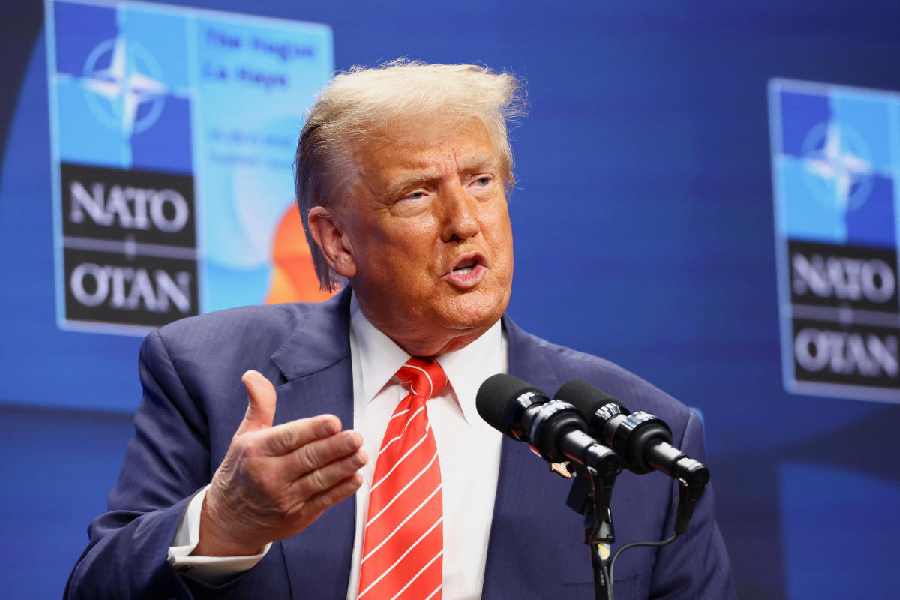 |
| Mo Naga inks a tattoo on a Norwegian tourist at his stall during the Hornbill Festival at Kisama near Kohima. Telegraph picture |
Guwahati, Dec. 8: A team of tattoo artists is trying to revive a Naga art and design culture that has faded into oblivion over time.
The four, Mo Naga, Taka Jamir, Lemsentong and Nokrenmatang Soyah, all from Nagaland, are giving foreign and domestic tourists an insight into Naga culture through the art of tattooing at the ongoing Hornbill Festival at the Naga heritage village of Kisama near Kohima.
While the tattooing started on the inaugural day of the festival, the positive response from visitors to their stall prompted them to offer their ink for free in the form of a two-day tattoo carnival from yesterday.
Apart from local people and those from parts of the country, their client list this afternoon also comprised people from Norway, Canada, Australia, New Zealand, England and Ireland.
“Naga tattoos are renowned for their sacred meaning and powerful symbolism. The values and beliefs of the headhunting tribes are not only strong but also applicable in modern lifestyle as well. Sadly, only the last few of those tattoos and the tribal art remain today. So our objective is to revive and promote the dying indigenous tattoos of the Naga headhunters and to present them to the world as a globally recognised benchmark of beauty and achievement,” Mo Naga told The Telegraph over phone from Kisama today.
Prior to the 19th century, several Naga indigenous groups had practised headhunting, a culture that involved preservation of the heads of enemies as trophies.
“Here at our stall in Kisama, we are trying to decode some of the symbols and patterns, basically geometric tribal art, that were used by the headhunters till the tradition faded into oblivion. The practice (headhunting) was subsequently banned by the state government on the ground that it was based on age-old beliefs,” said Mo, who is also the founder of a Guwahati-based tattoo school, Headhunters’ Ink.
Traditions apart, the team is offering contemporary symbols depicting Naga lifestyle, art and designs to their clients. On the first half of yesterday itself, the Headhunters’ Ink stall was chock-a-block and all appointments for the day’s free tattooing exercise were booked by noon.
“We are also offering contemporary designs as well, and, along with the traditional, the mix has wooed many visitors who have shown great interest in the untold stories about the art and history of Nagaland. The local people have supported us in this culture preservation movement and I am glad that many foreigners who have been tattooed at our stall will also become cultural ambassadors of Naga art when they go home,” the tattoo artist said.
The festival, an annual extravaganza of Naga art and culture, concludes on Tuesday.
“This is the first time we are taking part in the festival. But my mission of promoting Naga design and art started after I founded my school (Headhunters’ Ink) on December 4 last year,” Mo, who took to tattooing four years ago, said.










